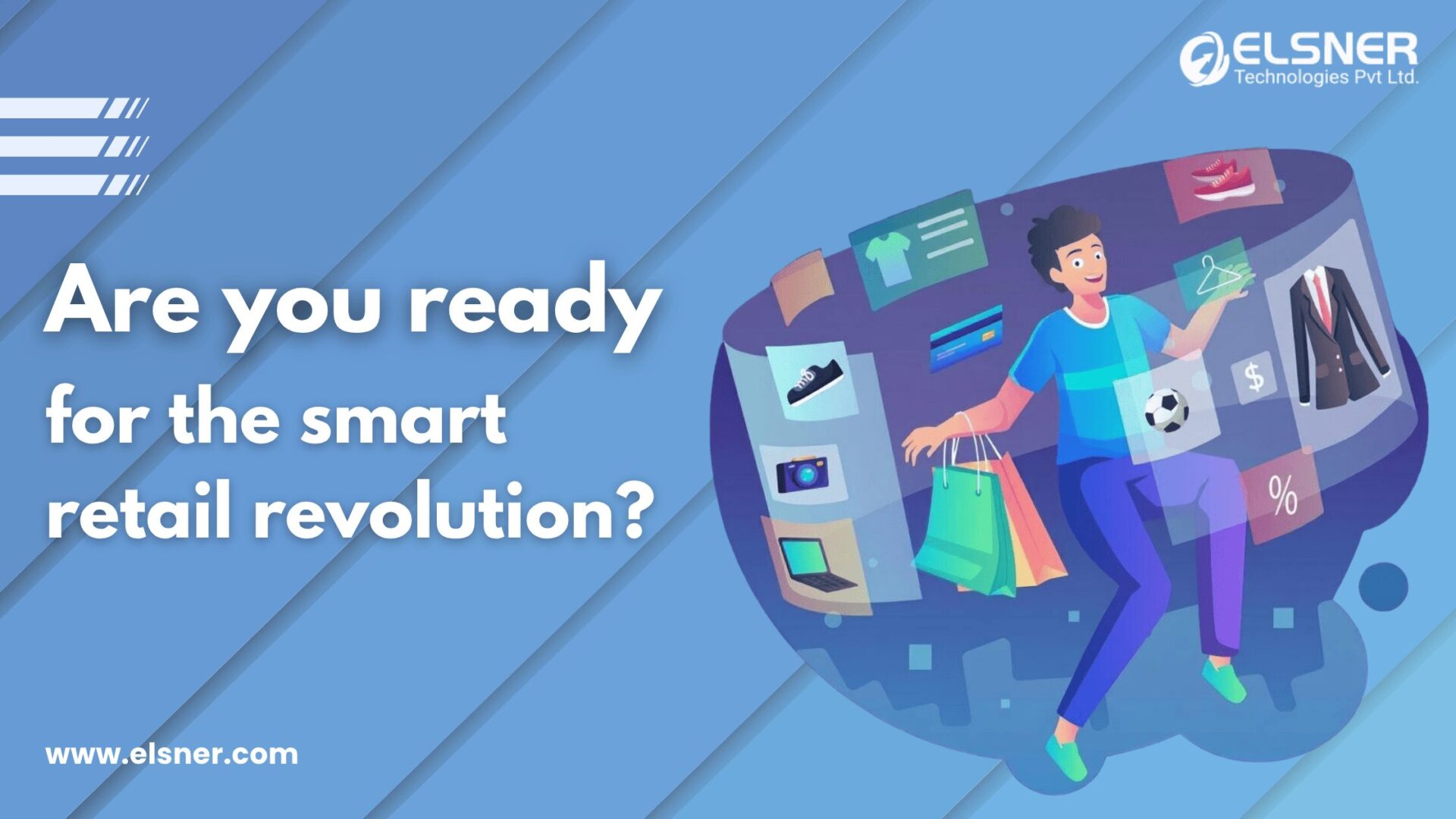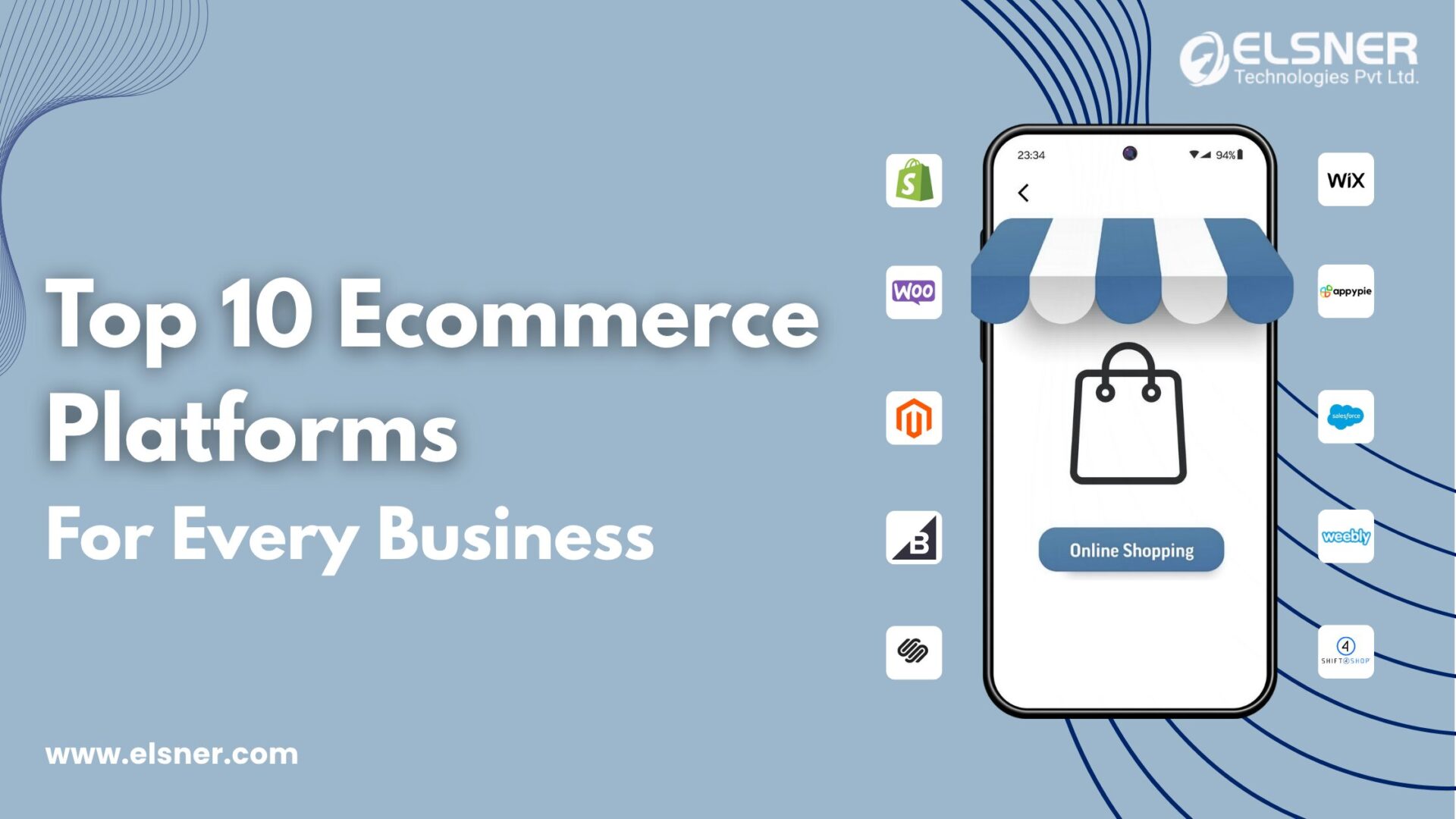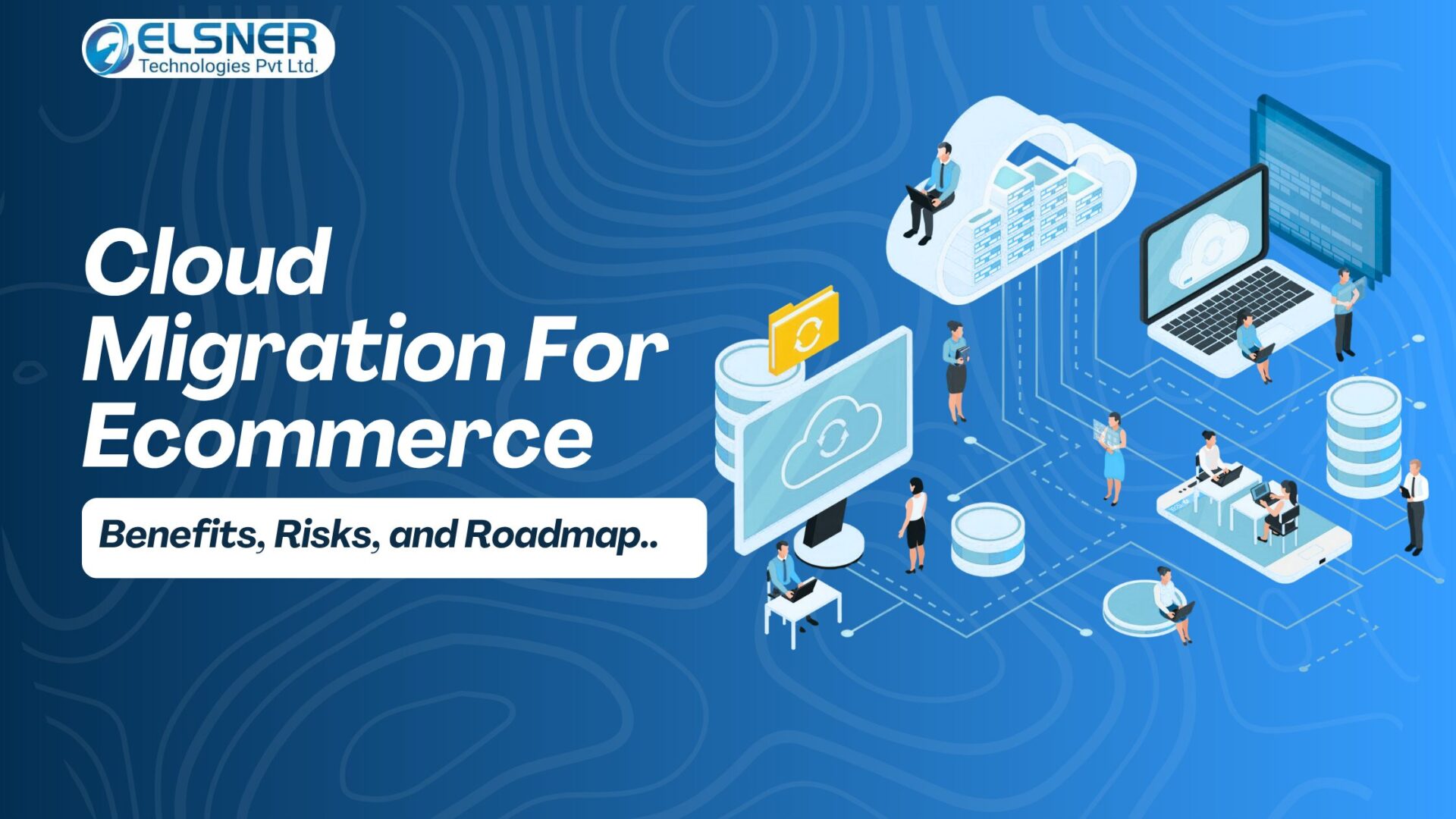Irrespective of whether you are new to the eCommerce sector with your online store or have been running an established brand for a long time, the need for monitoring the success rate is inevitable. In this competitive space, ensuring success for your eCommerce business is not a piece of cake.
And, without a consistent evaluation of your store’s performance, it will be difficult to point out the flaws and fix them on time. You must take note of the crucial eCommerce metrics and track them over periodic intervals to improve your marketing and sales efforts. With the right set of tracking measures, you will be able to streamline all store operations.
May it be eCommerce marketing, sales or service, keeping track of certain KPIs or metrics will help you pave the right path for each of these operational aspects. Thus, you will make better business decisions, scale your revenue, drive immense growth and boost customer loyalty.
In this article, you will get a clear insight into different types of eCommerce metrics that you must keep a tab on to ensure growth and success for your store.
What are eCommerce Metrics?
When you are running an online store, the metrics refer to the specific data-points that enable you to track the performance or success of your eCommerce marketing, sales, service or operational efforts. The right set of eCommerce metrics is meant to provide a factual or numerical snapshot of your overall business operations.
As an eCommerce business owner, you must set certain KPIs and choose specific metrics that align with them. The KPIs are basically certain benchmarks that you set for your eCommerce business, allowing you to evaluate the performance proficiency against the various outlined objectives.
For instance, if you are specifying a target KPI associated with earning at least $100,000 every month in the year. Now, you can track specific eCommerce metrics that give you an update on whether you are falling short or are going right to achieve the target.
Depending on the data you collect through the eCommerce metrics, you will be able to shift your strategy and drive further growth.
What are Certain eCommerce Metrics that You Must Monitor on Priority?
Whether you have recently finished off with your eCommerce development needs for an online store or have been running one for quite a while now, it is time you set your data analysis journey right.
Therefore, here is the list of ideal eCommerce metrics that you must track in order to align your strategies in a way such that they meet the business objectives or goals:
1. Conversion Rate
When you are talking about eCommerce business, the conversion rate is the prime metric that they cannot ignore to monitor. Every eCommerce marketing step that you take for your business to get exposure and traffic will be assessed based on the rate of conversion it helped you achieve.
Conversion rate is considered a metric which represents the percentage of visitors on your site who actually made the purchase. Achieving a high conversion rate is the mission of almost every eCommerce business. A 3% average conversion rate is generally considered optimal across the industry.
Keep a tab on this metric and seek optimization strategies to improve the conversions. You can upgrade your eCommerce marketing strategies, optimize the website navigation or enable easy checkout to promote better conversions.
2. Bounce Rate
When you are done tracking your conversion rate, you must also keep an eye on the bounce rate of your eCommerce store. Bounce rate is one of the eCommerce metrics that defines the percentage of visitors who leave or bounce off from your site to another without making any purchase.
An eCommerce business is expected to have a low bounce rate for it to be called successful. To attain that, you must ensure that the visitors find your store engaging enough to stay for a longer time, browse various products and complete the purchase.
If your bounce rate is high, then you must optimize your pages in terms of design, content and navigation. Look out for any possibility of improvements within the landing page, and make your content more catchy to hook onto your site visitors. While you are spending enough of your eCommerce marketing budget to bring traffic to the site, give in efforts to hold onto them and reduce the bounce rate.
3. Average Order Value (AOV)
Average Order Value, or AOV, is one of the popular eCommerce metrics that tracks the average total amount that customers spend on their single purchases. With this statistic, you will get an insight into your customers’ buying patterns, enabling you to update your eCommerce marketing or pricing strategies.
In this way, you will be able to market your products to the target customers in a more enticing manner. With the right approach towards increasing the AOV, you will be directly impacting the ROI, as it increases the overall value associated with every customer and adds justification to your eCommerce marketing spending.
In case your AOV is quite low, you must adopt certain strategies to increase it feasibly. Some of such strategies include providing bundled discounts or encouraging cross-selling. If you want a sure-shot growth in your AOV, then enable free shipping for orders that total up to a specific amount or higher than that. Set out your eCommerce marketing strategies to promote these benefits to your target audience and see growth in your AOV.
4. Customer Acquisition Cost (CAC)
One of the most crucial eCommerce marketing metrics is customer acquisition cost. CAC is the metric that determines the overall cost that you must spend in order to bring in new customers to your brand. You might have to spend on improved eCommerce marketing as well as sales strategies to spread awareness of your brand and boost the purchase rate.
Most eCommerce businesses tend to keep their CAC low because everything you save in this arena will be calculated as your profit! For instance, if you can acquire a customer for just $1000 instead of spending $10,000, then you can add more than $9000 to your overall profits. Upon validating this metric, you will have a better idea of whether your marketing efforts are inching in the right direction or not.
It is one of the most crucial eCommerce metrics that would help you plan out the budget, optimize the marketing means and create campaigns with a vision to hit the CAC target. Segmentation of the customer groups and optimized targeting can further drop the acquisition cost of new customers.
5. Customer Lifetime Value (CLV)
Customer Lifetime Value, or CLV, helps predict the total revenue that you generate from an average customer throughout their lifetime with your store. It is one of the most crucial eCommerce metrics that indicates the loyalty quotient of customers. The eCommerce leaders believe in strengthening the relationships with current customers, and keeping a tab on CLV will ensure that you are achieving success or not.
CLV is also an important eCommerce marketing metric that helps you identify whether the acquisition costs are too low or too high. It will help you define the limits around advertising or marketing budgets. For instance, if the CAC is around $110, but the CLV is $100 throughout the lifetime, you are probably experiencing a loss here.
You might have to re-evaluate your eCommerce marketing strategy in order to improve your CLV and ensure that you attain profits when compared to the CAC. If you find yourself stuck in the process of optimizing your strategies, take the help of professionals to help you understand this metric and optimize the marketing means to improve the outcomes.
6. Customer Retention Rate
In an eCommerce setup, it is undoubtedly expensive to acquire new customers. Therefore, you must also put your efforts into retaining your existing customers, as that’s affordable and more productive in some cases. If you have an eCommerce marketing strategy in place for retaining customers, then this is one among all other eCommerce metrics to help you with that data. It is about keeping track of whether your retaining efforts have turned out to be successful.
When you have a high retention rate for your eCommerce business, it is considered healthy for you. This will be an indication that your customers enjoy the services or products you offer, which would ensure that people would choose you over the competitors. When your customer retention rate metric is high, it is a sign of profitability and loyalty.
If you are a bit serious about this eCommerce marketing metric, you can be assured of not just meeting the needs of your customers but also surpassing them. But in case your retention rate is low, you must improvise your marketing approach and solve any potential issues in it.
Bottom Line
Depending on what you think is important for your business, choose the right set of eCommerce metrics to keep a tab on your performance within the competition. Irrespective of what your goals are, if you aren’t observing the KPIs or associated eCommerce marketing metrics, you will be moving slower than usual to achieve them.
You can always hire an eCommerce developer and take their suggestion on how you can utilize the use of key metrics and stay updated with the latest trends. They would help you not just in assessing the metrics but also in understanding what needs to be done for improving the overall performance. Your eCommerce future depends on how you utilize these efficient KPIs and metrics!




